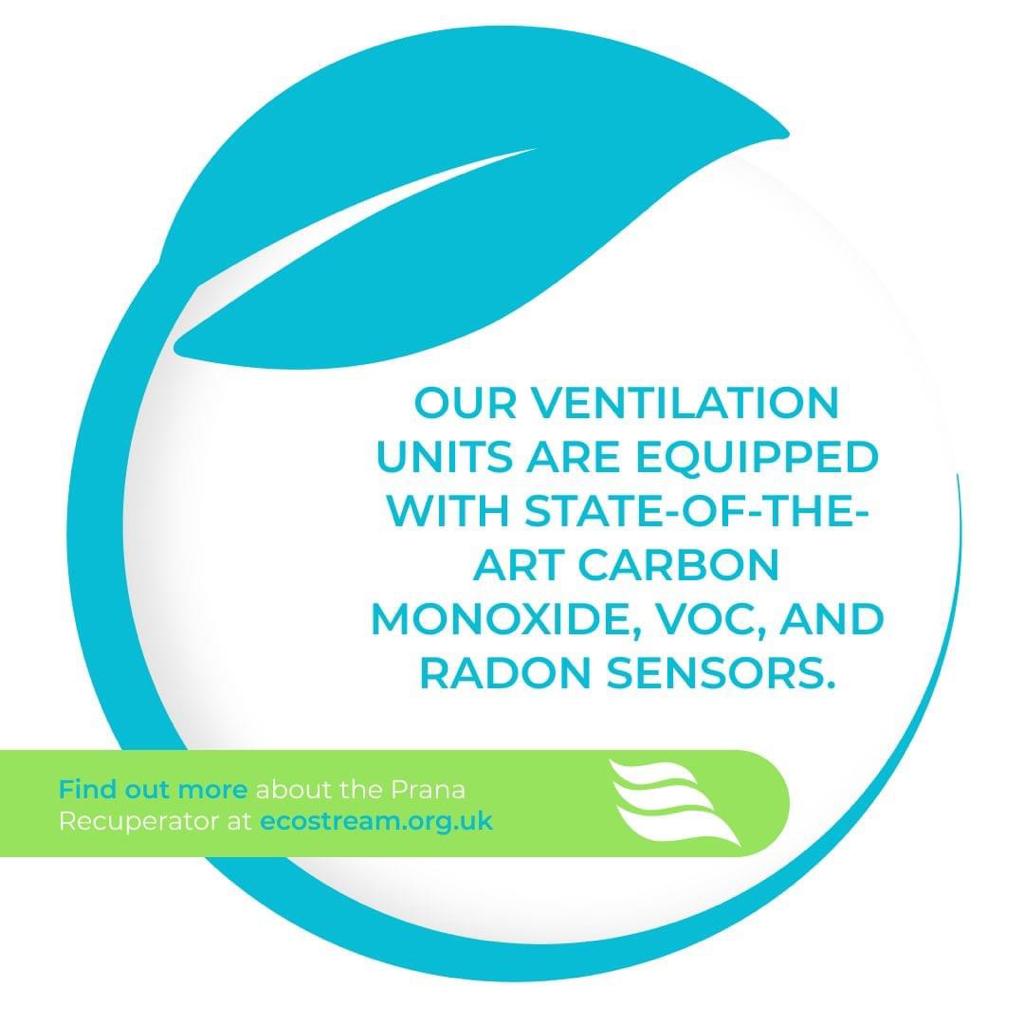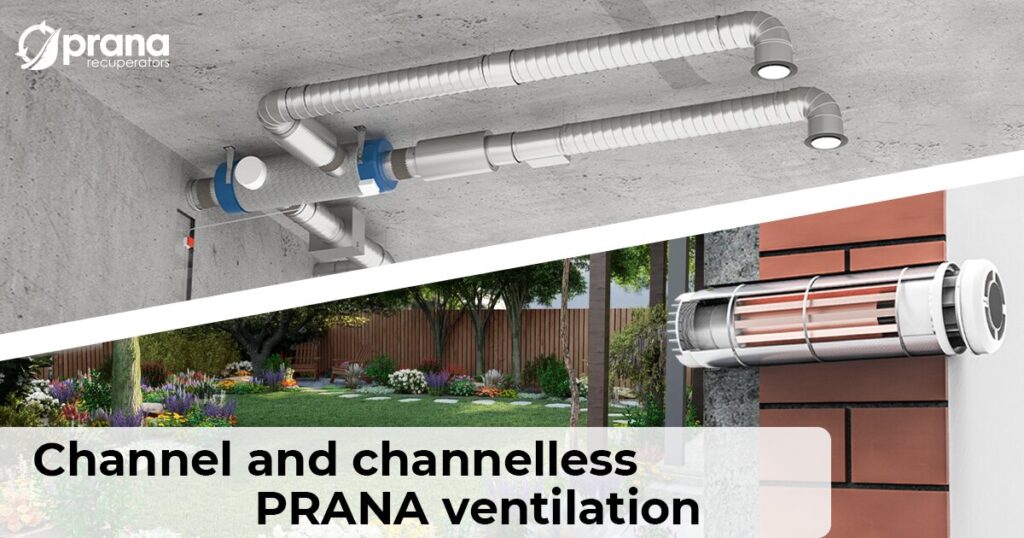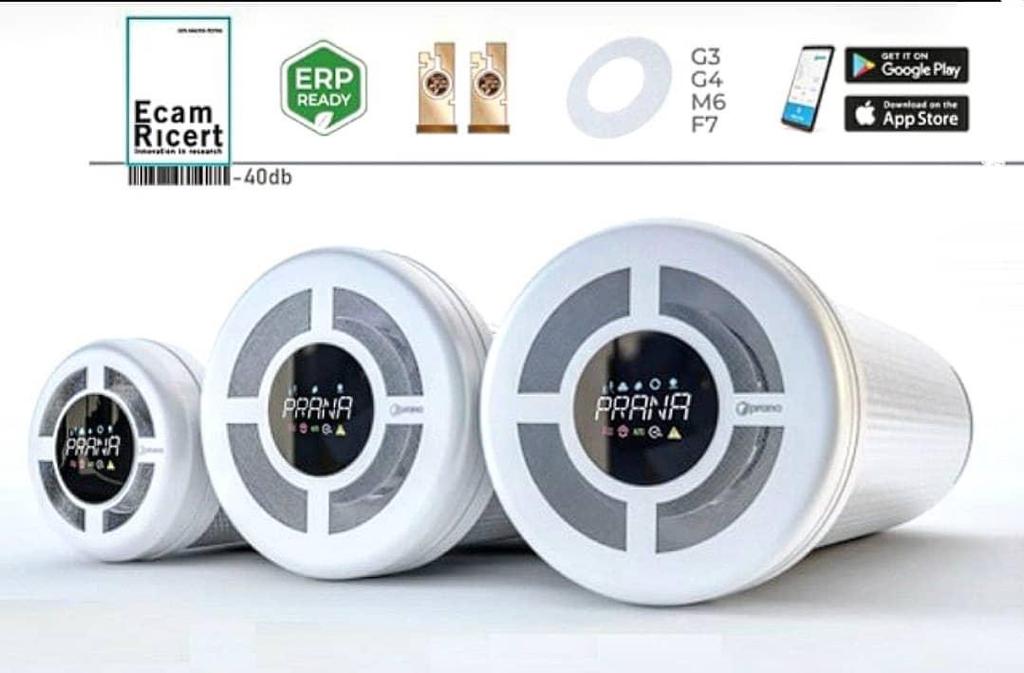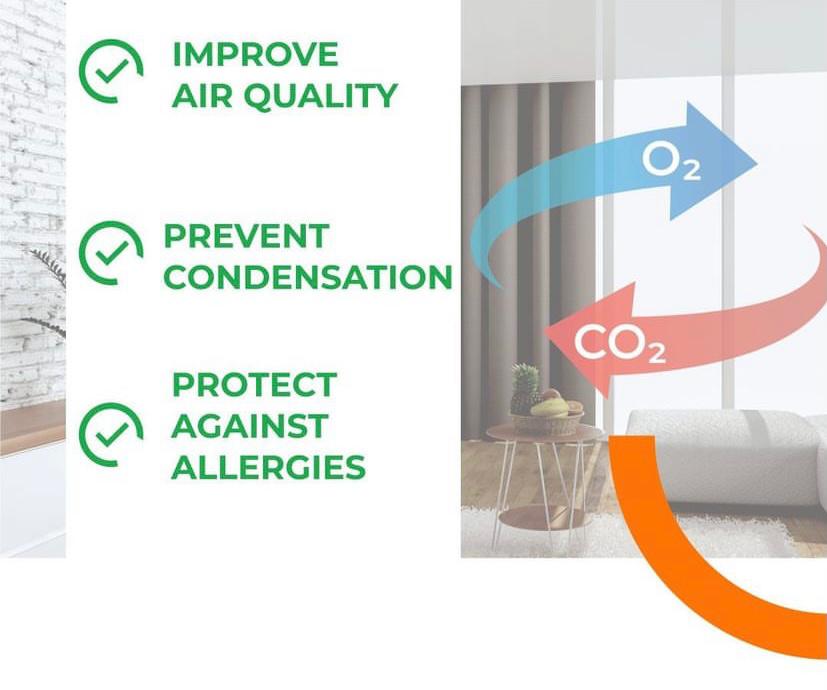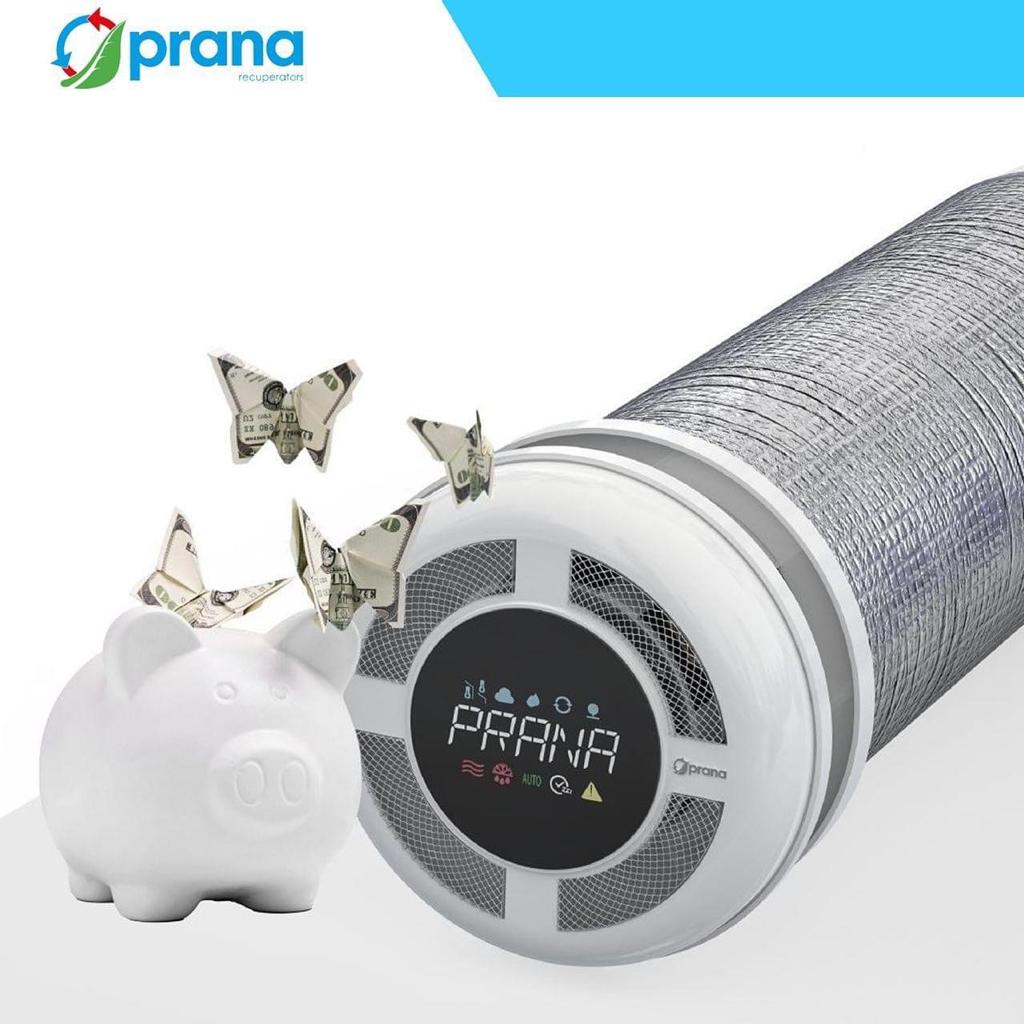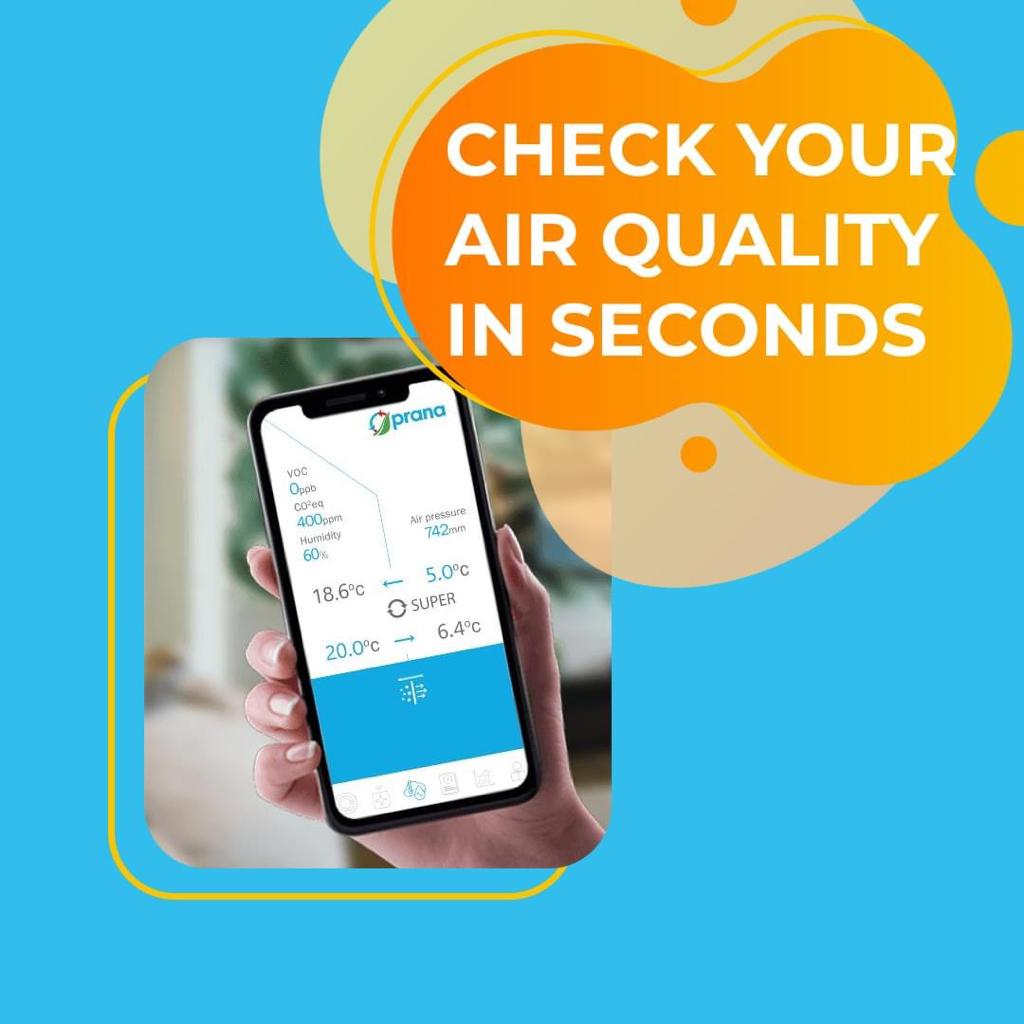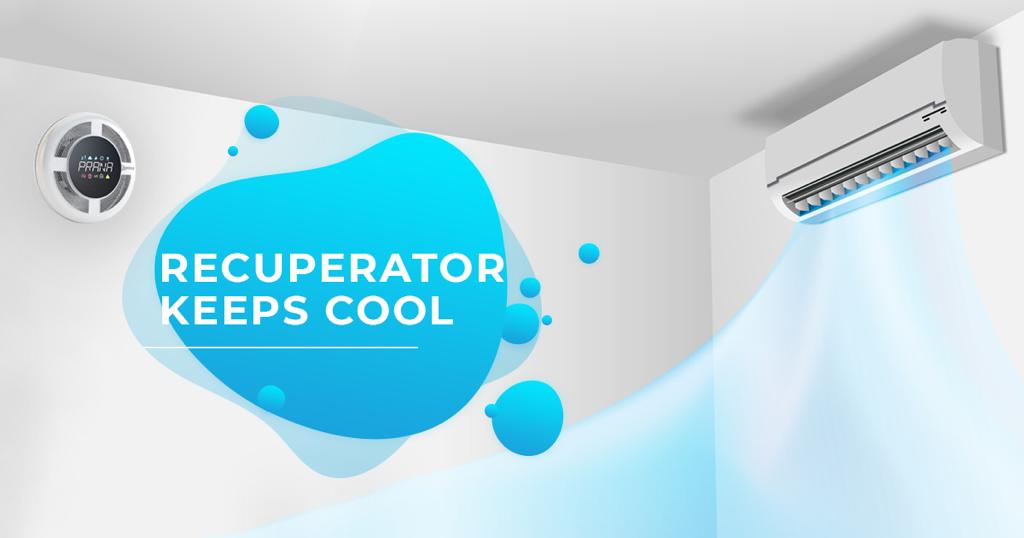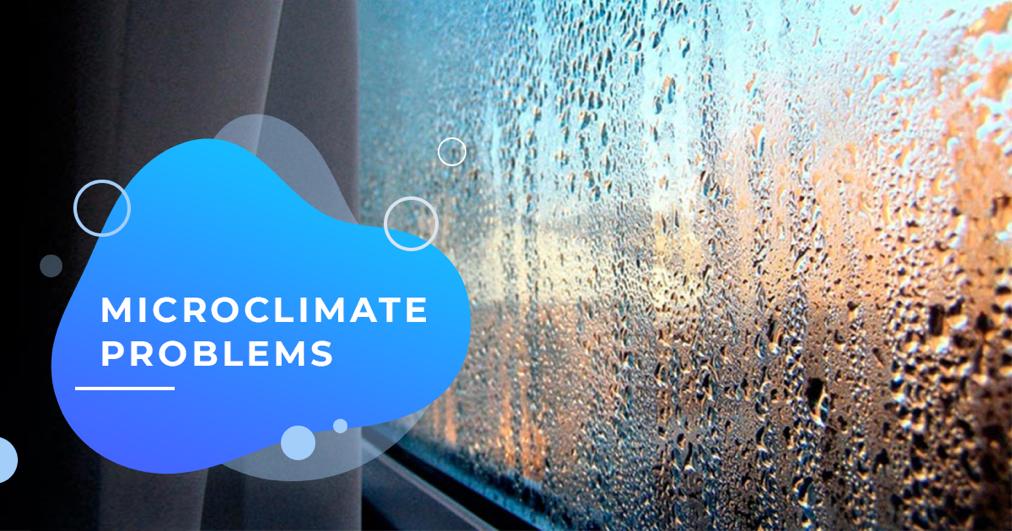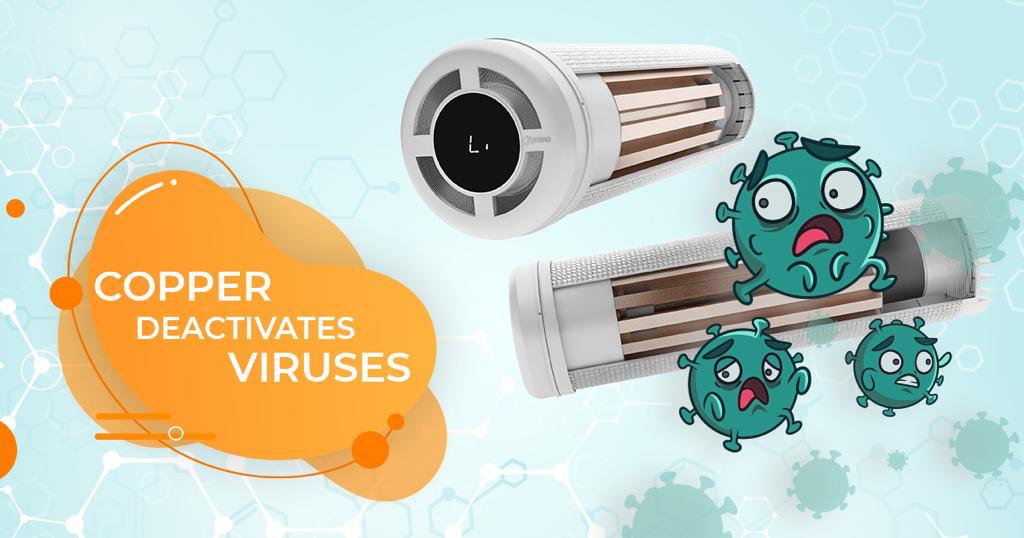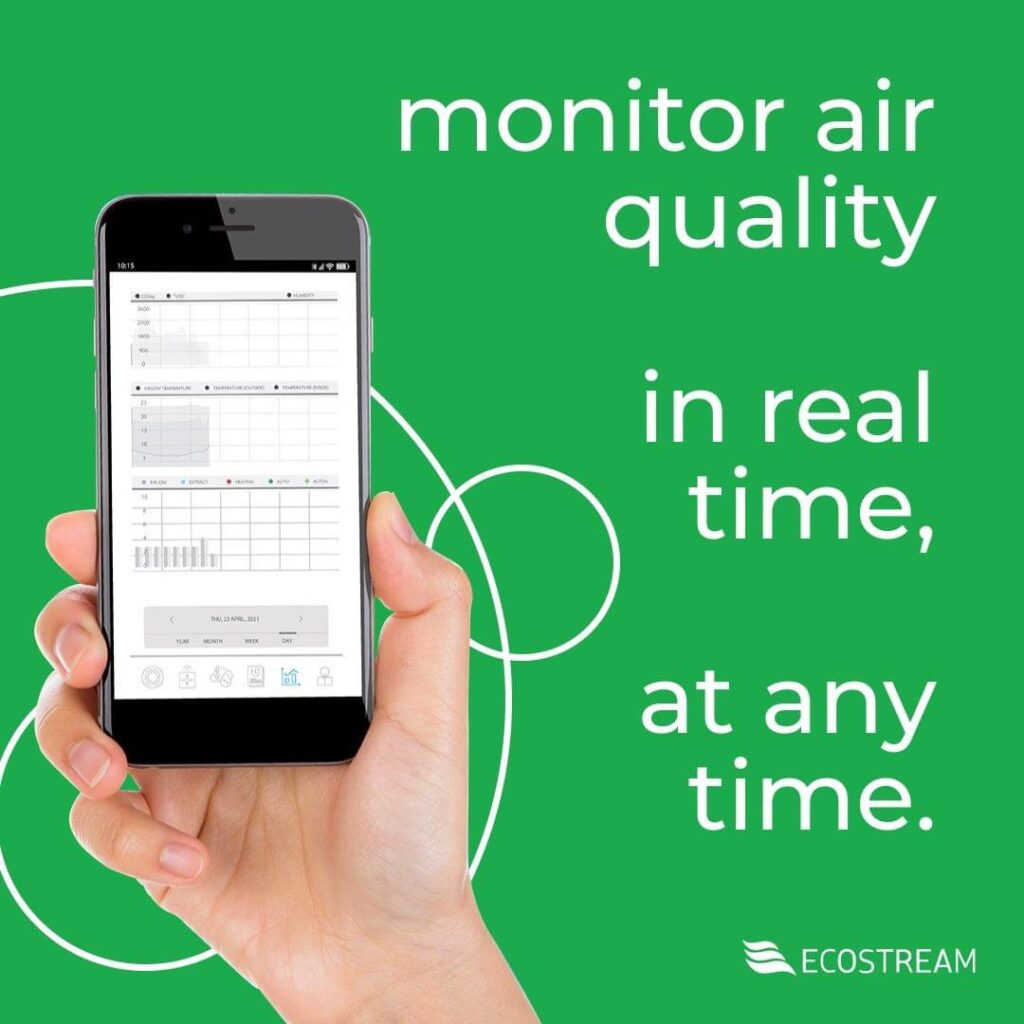Most people are aware of the many benefits of having a pet. They provide us with companionship, love, and support and can even help to improve our mental and physical health. However, not everyone knows the impact pets can have on indoor air quality.
While they may not seem like a big deal, the truth is that pets can actually contribute a significant amount of pollutants to the air in our homes. These pollutants can come from their fur, feathers, skin, and waste and can cause various health problems, including allergies, asthma, and even respiratory infections.
Fortunately, there are several things you can do to improve your indoor air quality with pets. Here are a few tips to get you started:
1. Keep Them Clean
Regular baths and grooming will help to reduce the amount of pet-related pollutants in your home. It can remove dirt, pollen, dander and other allergens from your pet’s fur. You can also trim your pet’s nails to reduce the amount of dirt and pollen they track into your home.
2. Vacuum Regularly, Using a Vacuum with a HEPA Filter
A HEPA filter is a high-efficiency particulate air filter. It’s designed to remove 99.97% of all particles that are 0.3 microns or larger from the air that passes through it. That means it’s incredibly effective at trapping dust, pollen, pet dander, and other allergens.
Vacuuming with a HEPA filter vacuum is the best way to remove these allergens from your home. Not only will it make your home more pleasant to live in, but it will also help improve the air quality and reduce the risk of respiratory problems.
3. Use an Air Purifier
An air purifier can help to remove pet-related pollutants from your air, making it safer for you to breathe. When it comes to finding the right air purifier for your home and pets, there are a few things you need to keep in mind. First, you need to decide what type of air purifier you need. There are two main types: mechanical and activated carbon filters.
Mechanical filters are the most common type of air purifier. They work by trapping particles in the filter, which then prevents them from recirculating back into the air. The most common type of mechanical filter is the HEPA filter.
Activated carbon filters are less common but very effective at removing certain types of contaminants from the air. These filters work by adsorbing contaminants onto the surface of the activated carbon.
Once you have decided which type of air purifier you need, you must choose the right size. The air purifier you need will depend on the size of the room you want to purify.
Finally, you need to choose an air purifier that is designed for use with pets. There are a few air purifiers on the market that are specifically designed for homes with pets. These air purifiers will typically have a higher CADR rating, which means they will be more effective at removing pet dander and other contaminants from the air.

